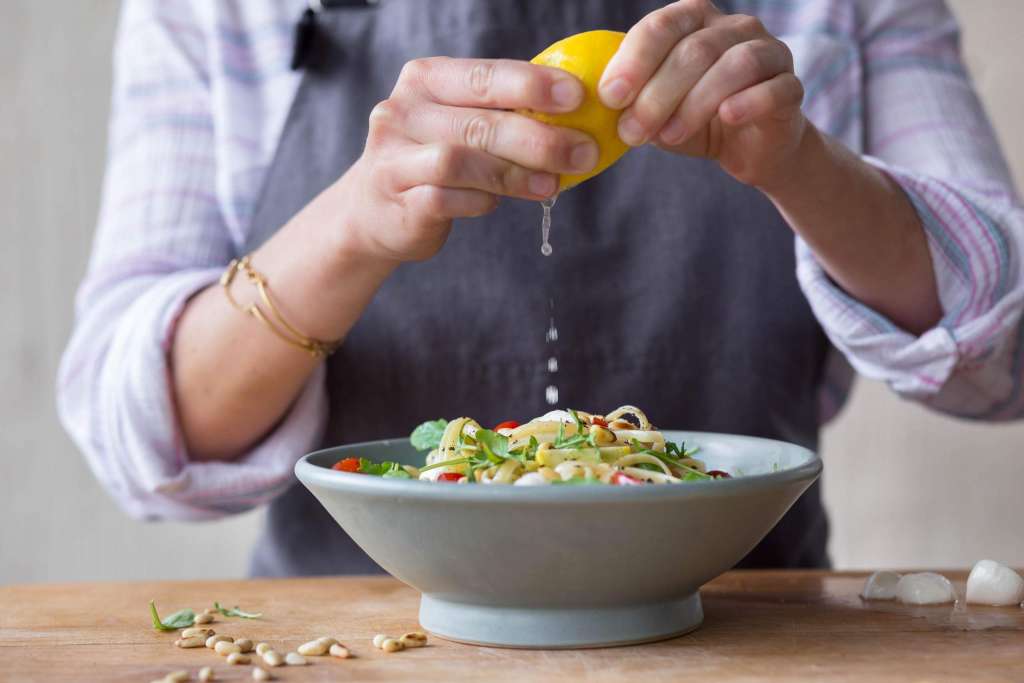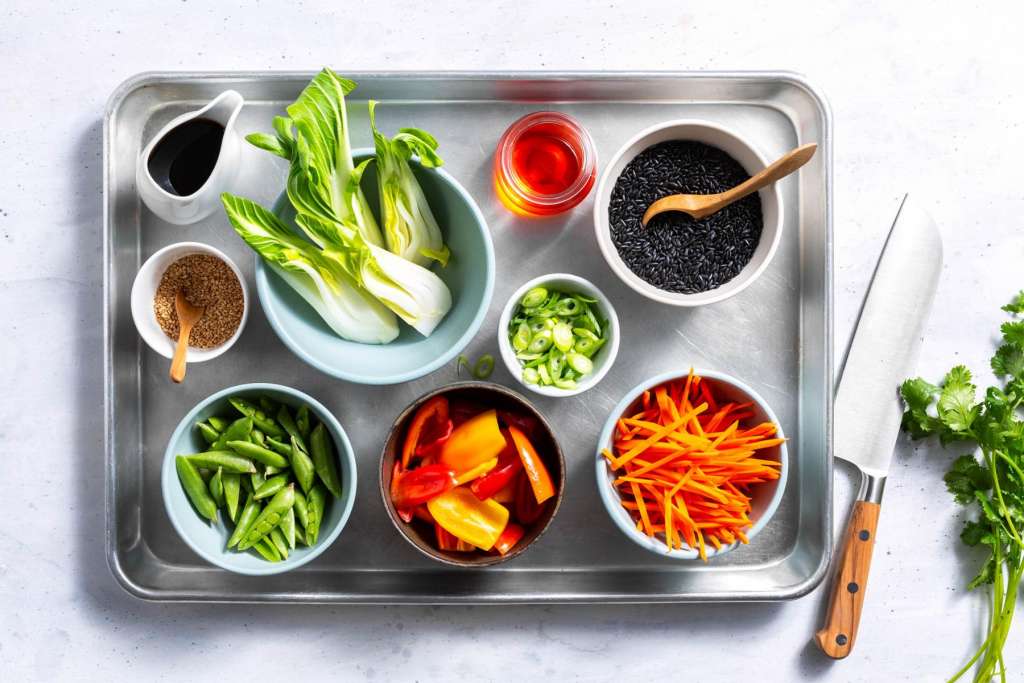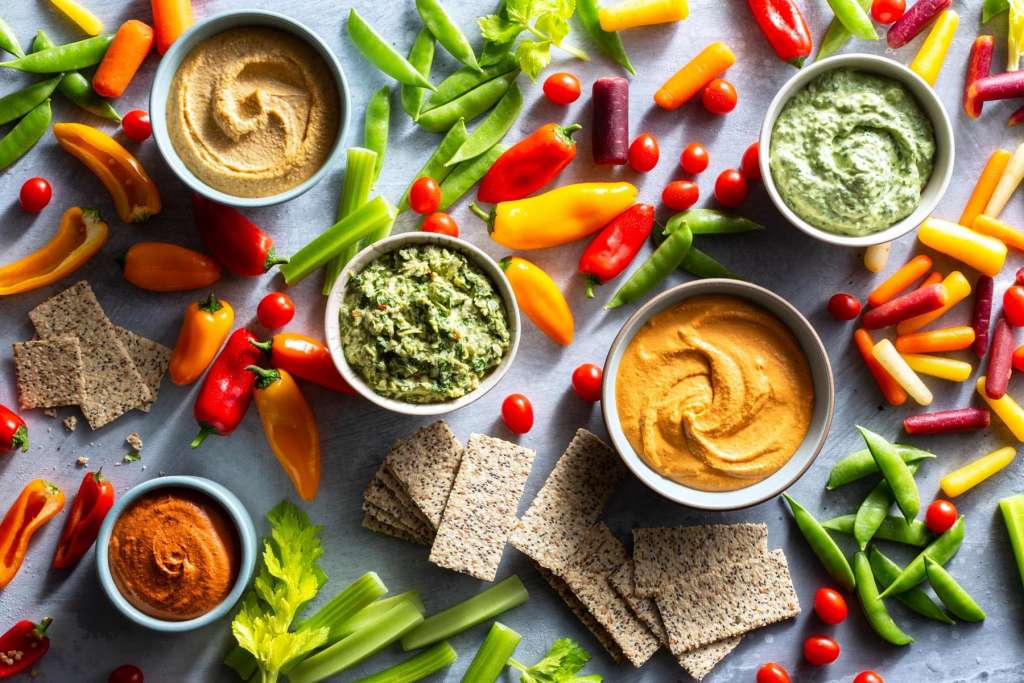A Well-Seasoned Plate

For a great meal, quality produce and proteins are only the starting points; the ability to season ingredients well is what separates amateur cooks from the pros. Acids like fresh citrus and vinegar are one of a cook’s primary seasoning tools. Like salt, acid reduces the perception of bitter flavor compounds while elevating the other flavors components of the meal.
A kind of culinary double-agent, lemons operate as both a flavor all their own—and a flavor-enhancer. They’re best loved for their fresh taste and as the base for classics such as lemonade, lemon bars, and lemon meringue pie. And they have more to offer. Lemons are second only to salt in their ability to bring the flavors of other ingredients into sharper focus.
That’s why, more often than not, you’ll find a lemon in your Sun Basket. We use lemon juice in vinaigrettes and sauces, and we’ll often recommend that you simply squeeze a wedge over a dish just before serving for a bright blast of flavor. Acids can cut through fat and can save a dish with cream or yogurt from being too rich.
But the juice is only half the story. To ignore the zest is to disregard one of the most important parts of the fruit. Full of volatile oils, loaded with clean, sharp citrus flavor, the zest is a seasoning superpower.
A few key zesting (and juicing) points to keep in mind:
• Because the volatile oils are at their most intense right after zesting, try to zest your lemons just before using.
• Always zest before juicing, because trying to zest an empty lemon peel is, well,… just don’t.
• Be careful to strip only the thin yellow skin from the fruit. The white pith that lies just beneath is usually unpleasantly bitter.
• A rasp grater, such as a Microplane, is the best tool for zesting. If you don’t have one, carefully remove the zest with a vegetable peeler and then finely chop it.
• Roll the lemon on the counter, pressing with the palm of your hand, before juicing. This helps break down the fruit and releases more of the juice.









